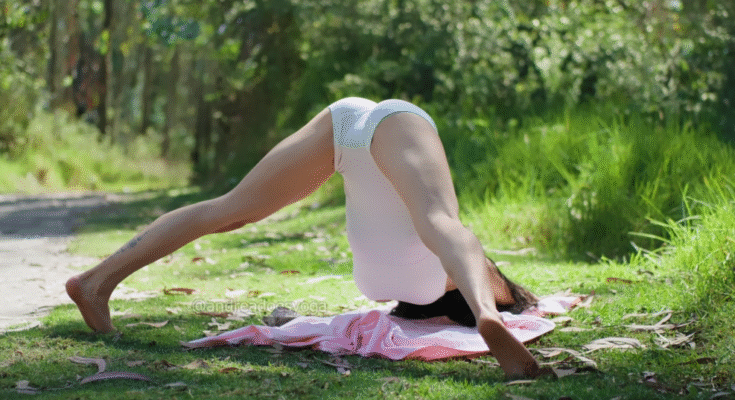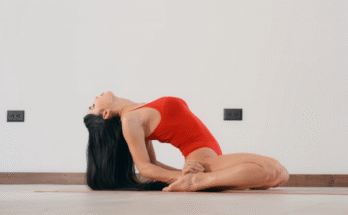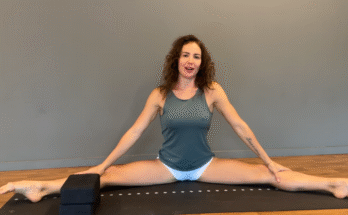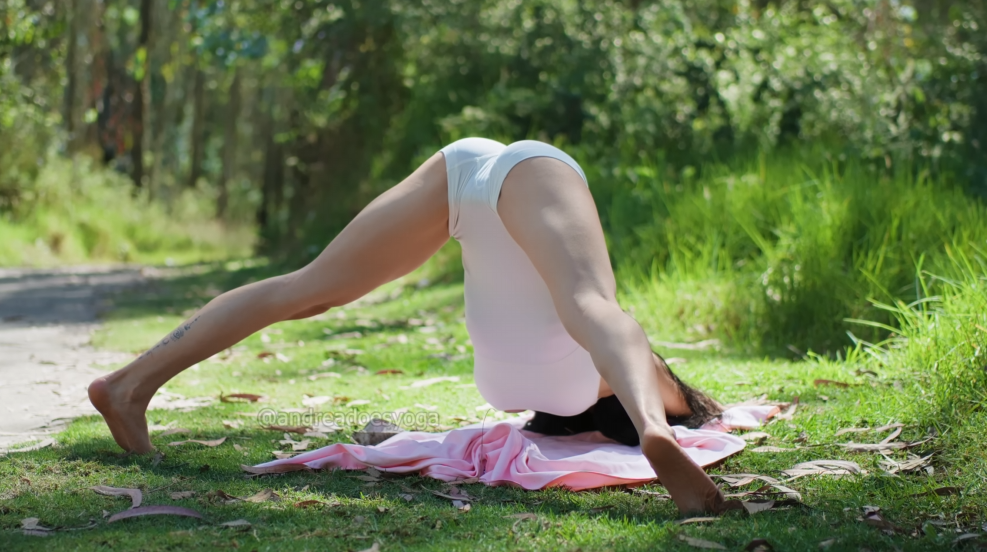
There is a special kind of peace that comes from walking among trees, breathing in the crisp forest air, and feeling the soft crunch of leaves underfoot. Hiking through the woods is more than just physical activity — it is a ritual of connection with nature, a break from the chaos of daily life. Yet, after hours of walking, climbing, and navigating uneven terrain, the body can feel stiff, tight, and fatigued. This is where yoga comes in: a gentle, restorative practice that harmonizes the body and mind, grounding you back in the present moment.
After a long hike, practicing yoga among the trees or on a soft patch of moss can transform the lingering soreness into fluidity and ease, turning exhaustion into rejuvenation. Here’s how a post-hike yoga sequence can help, and what makes it so special.
The Importance of Post-Hike Yoga
Hiking is a full-body activity. It strengthens the legs, challenges the core, and engages the stabilizing muscles in your hips and ankles. While invigorating, the repetitive motion and uneven surfaces often lead to tight hamstrings, calves, hip flexors, and lower back.
Yoga after a hike serves several purposes:
- Muscle Release – Stretches and gentle movements help release tension built up during the hike.
- Improved Circulation – Yoga encourages blood flow to tired muscles, helping reduce stiffness.
- Joint Recovery – Hikes often put pressure on knees, ankles, and hips; yoga helps realign and mobilize these joints.
- Mindful Reflection – After spending time in nature, yoga allows you to process the experience, grounding your mind and calming any lingering mental fatigue.
By combining the physical benefits of stretching with mindful breathing, post-hike yoga is both restorative and meditative.
Setting the Scene

Imagine you’ve reached the end of a trail, a clearing surrounded by tall pines. Sunlight filters through the canopy, casting dappled shadows on the forest floor. Birds call in the distance, and a gentle breeze carries the scent of pine and earth.
Find a flat spot to lay down your yoga mat, or simply use the natural forest floor as your base. Remove your hiking boots, wiggle your toes, and feel the cool grass beneath your feet. The transition from hiking to yoga is not just physical but sensory — noticing the shift from motion to stillness, from effort to restoration.
Breathing and Centering
Begin by sitting cross-legged or in a comfortable seated position. Close your eyes and bring your attention to your breath. Inhale deeply through your nose, filling your lungs completely, then exhale slowly.
Take a few moments to notice the sensations in your body — the tightness in your calves, the stretch in your hamstrings, the fatigue in your shoulders. Let your awareness expand outward, noticing the sounds of the forest, the warmth of the sun, and the gentle sway of the trees.
This centering practice prepares both body and mind for the yoga session, creating a sense of presence and gratitude for the hike you just completed.
Gentle Warm-Up
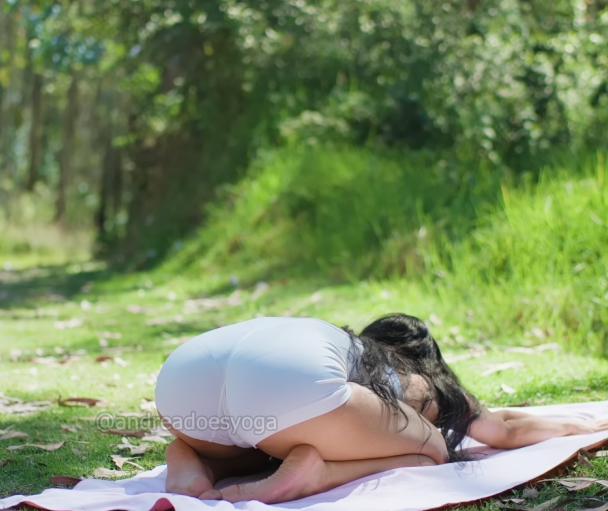
Before deep stretches, warm up the joints and muscles with slow, controlled movements:
- Neck Rolls – Gently roll your neck in circles, clockwise and counterclockwise, releasing tension from looking up at trees or down at rocky trails.
- Shoulder Shrugs and Circles – Lift shoulders to ears and release; roll them forward and backward to loosen the shoulders from carrying a backpack.
- Seated Side Stretch – Extend your right arm overhead and lean slightly to the left, stretching the obliques and sides of the torso. Switch sides.
These movements awaken your body, preparing it for deeper stretches that target post-hike tight spots.
Post-Hike Yoga Sequence
1. Downward Facing Dog (Adho Mukha Svanasana)
This foundational pose stretches the calves, hamstrings, and spine. Place your hands shoulder-width apart and your feet hip-width apart. Lift your hips toward the sky, creating an inverted V-shape. Press your heels gently toward the ground, bending the knees slightly if necessary.
Hold for 30–60 seconds, focusing on lengthening the spine and breathing into tight areas. For variation, pedal your feet to stretch each calf individually.
2. Low Lunge (Anjaneyasana)
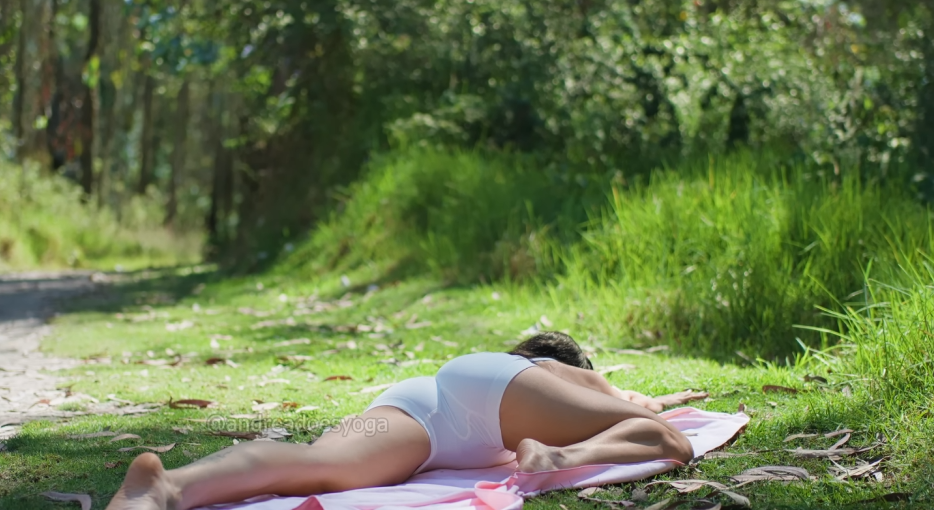
Step your right foot forward into a deep lunge, keeping your left knee on the ground. Lift your arms overhead, opening the chest, and press your hips forward to stretch the hip flexors, which are often tight after hiking uphill.
Hold for 30–45 seconds on each side, allowing your breath to deepen the stretch. Visualize releasing the tension stored in your hips and thighs.
3. Seated Forward Fold (Paschimottanasana)
Sit with your legs extended in front of you. Inhale to lengthen your spine, then exhale as you hinge at your hips, reaching toward your toes. Keep your back straight and shoulders relaxed.
This pose targets tight hamstrings and calves, areas heavily used during a hike. Hold for 45–60 seconds, allowing gravity to assist in releasing tension.
4. Reclined Figure Four Stretch (Supta Kapotasana Variation)
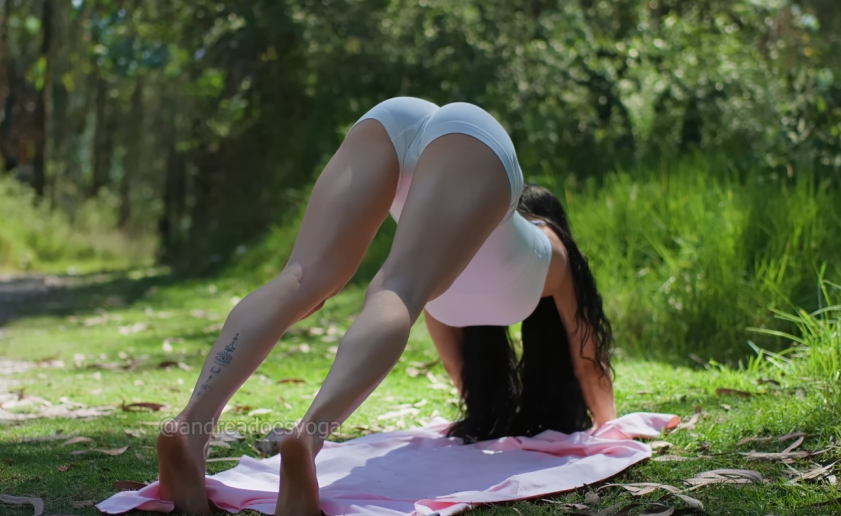
Lie on your back, crossing your right ankle over your left knee. Reach your hands behind your left thigh and gently pull the leg toward your chest. This stretches the glutes and outer hips, often sore from uneven terrain or long uphill climbs.
Hold for 30–45 seconds per side, breathing deeply and letting your muscles release.
5. Cat-Cow Flow (Marjaryasana-Bitilasana)
Move to all fours, with wrists under shoulders and knees under hips. Inhale, drop your belly, and lift your head and tailbone for Cow Pose. Exhale, round your spine, tucking your chin and tailbone for Cat Pose.
Flow slowly through 6–8 rounds. This warms and mobilizes the spine, which can feel stiff after a long day of hiking.
6. Supported Bridge Pose (Setu Bandhasana)
Lie on your back with knees bent and feet flat on the floor. Press into your heels, lifting your hips toward the sky. Place a block or a folded blanket under your sacrum for support if desired.
Bridge Pose stretches the chest, spine, and hip flexors while gently opening the shoulders. Hold for 30–60 seconds, focusing on breath and stability.
7. Twists for the Spine
Sit or lie on your back for gentle twists. Cross one leg over the other or drop the knees to one side while extending the arms. Twists help release tension in the spine and aid in digestion, which can feel compressed after prolonged movement on the trail.
Hold for 30 seconds per side, letting go of stiffness in the back and shoulders.
8. Savasana (Final Rest)
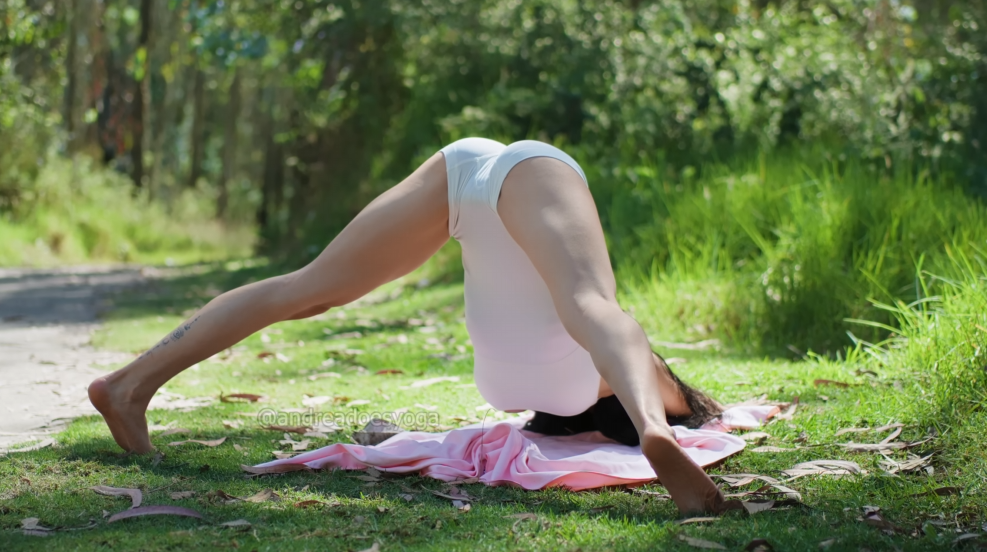
End your practice lying flat on your back, arms relaxed, palms facing up. Close your eyes, feeling the earth beneath you, and allow your body to absorb the benefits of the yoga session. Listen to the forest sounds, breathe deeply, and let your muscles and mind fully relax.
Even five minutes in Savasana can feel restorative after hours of hiking, leaving you energized and centered.
The Benefits of Yoga After Hiking
Practicing yoga after a hike is about more than just physical recovery. It connects body, mind, and nature. The benefits include:
- Increased Flexibility – Gentle stretching helps prevent stiffness and soreness in the legs, hips, and back.
- Improved Recovery – Blood flow is stimulated, aiding muscle repair.
- Enhanced Mindfulness – Combining breath and movement allows for reflection on the hike and a deeper appreciation of nature.
- Emotional Balance – Post-hike yoga calms the nervous system, reducing stress and promoting feelings of contentment.
- Connection to Nature – Practicing outdoors strengthens the sense of harmony with the environment.
Yoga after hiking transforms physical exertion into holistic wellness. The body feels restored, the mind is calm, and the soul is refreshed.
Tips for Outdoor Yoga After a Hike
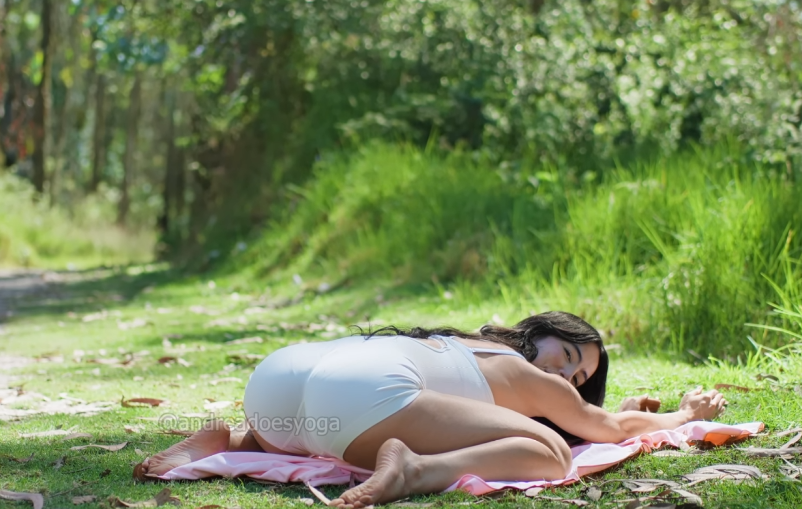
- Bring a Mat or Towel – Protect yourself from uneven ground or damp earth.
- Dress in Layers – Temperatures can drop quickly in the forest; wear breathable, flexible clothing.
- Hydrate – Drink water before and after your practice.
- Take Your Time – Post-hike yoga isn’t about intensity; it’s restorative. Hold poses longer, breathe deeply, and enjoy the surroundings.
- Include Partner Poses – If hiking with friends or loved ones, partner stretches enhance connection and support.
Conclusion
Hiking in the woods is invigorating, inspiring, and grounding, but it can leave the body tight and fatigued. Post-hike yoga completes the journey — transforming tired muscles into supple strength, tension into relaxation, and movement into mindfulness.
Whether you practice on a soft patch of moss, beside a babbling stream, or under the canopy of towering pines, yoga after a hike reconnects you to your body, your breath, and the world around you. Each stretch, each breath, each pause is a reminder that movement and stillness are partners — and that caring for yourself after exertion is just as important as the hike itself.
As the sun dips lower, shadows lengthen, and your heart slows, you realize that this simple ritual — a few moments of yoga after a day in the woods — has transformed exhaustion into serenity, leaving you refreshed, balanced, and ready for the journey home.
